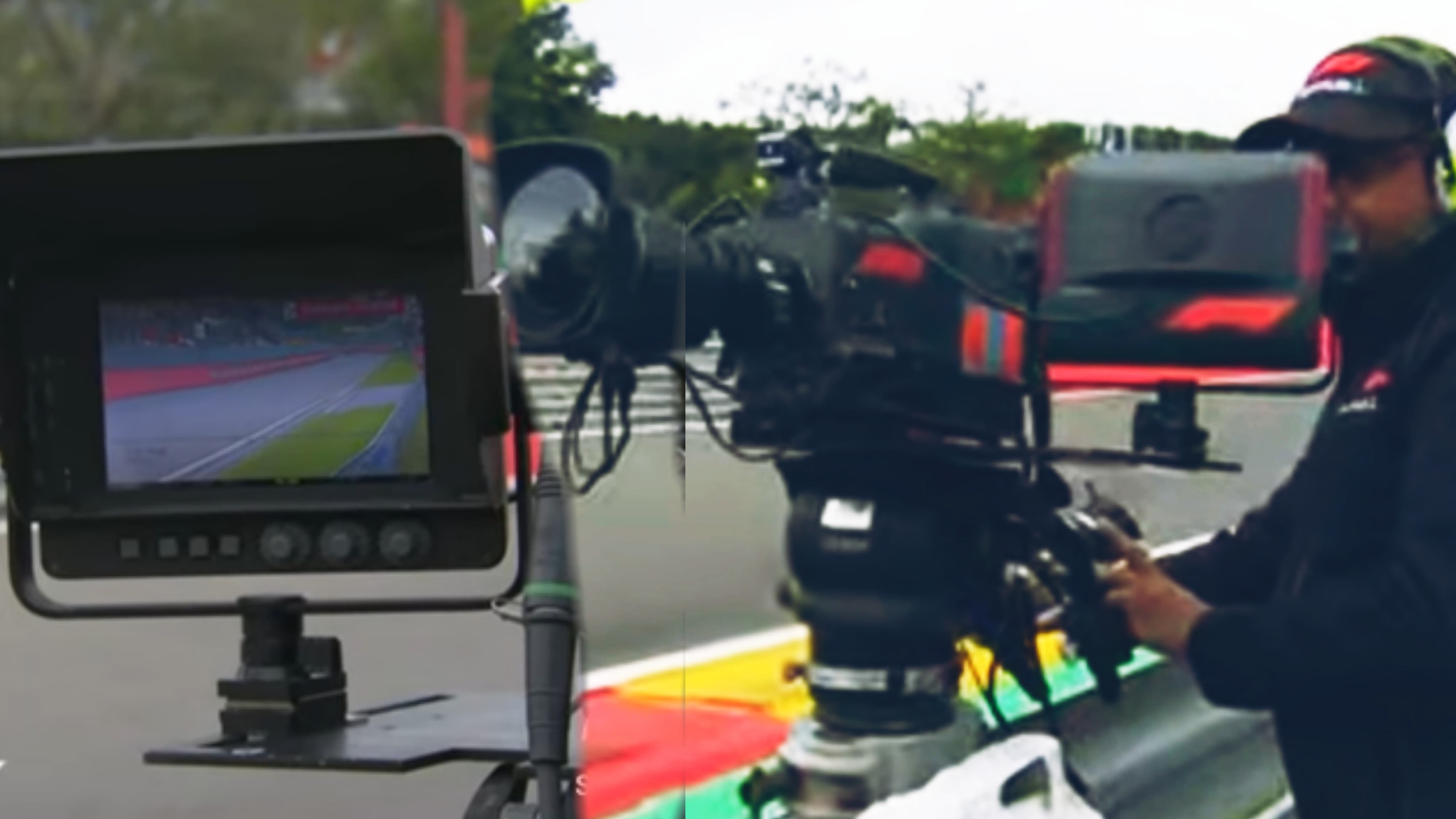In the dynamic world of Formula 1, where speed and precision reign supreme on the track, the quest for excellence extends beyond racing. Formula 1 has a history of embracing cutting-edge technology, not only in the performance of its cars but also in the way it presents the sport to millions of fans worldwide. The latest frontier in this technological evolution is the move towards 8K television, promising an unprecedented level of visual clarity and detail for F1 enthusiasts. In collaboration with Tata Communications, its Official Broadcast Connectivity Provider, Formula 1 is laying the groundwork for a future where 8K becomes the new industry standard.
Advancing Beyond Limits
Formula 1 has been a trailblazer in television broadcast quality, progressing from High Definition to real HD and subsequently venturing into the realm of 4K ultra-high definition in 2017. Now, with an eye on the future, the sport is preparing for the next leap – 8K resolution. This new standard promises images four times sharper than the current 4K broadcasts, a remarkable advancement even for those satisfied with the existing broadcast quality.
Dhaval Ponda, Vice President and Global Head Media & Entertainment Business at Tata Communications, emphasizes the inevitability of this transition. “The transition to 8K is going on actually quite well in the industry. And it will definitely happen because, for the current generation that has got used to 4K, for them 8K will really offer a finer detail and a higher level of quality.”
The Journey to 8K: Three Key Stages
Ponda outlines three crucial stages that must be navigated to make 8K broadcasts a reality for Formula 1:
1. Digital Infrastructure Investment
The foundational step involves substantial investment in next-generation technologies to establish the required digital infrastructure. Ponda acknowledges that this initial investment may not yield immediate revenue but is essential for future-proofing the broadcast capabilities.
2. Establishing an 8K Ecosystem
Collaboration is key to technological advancements. Formula 1 is actively working with technology partners, sports broadcasters, and sports federations to build a comprehensive 8K ecosystem. This collaborative effort is vital for delivering a seamless transition to 8K broadcasts.
3. Consumer Accessibility
While the journey to 8K is underway, the final and perhaps the most critical stage is ensuring that 8K screens and TVs become economically viable for consumers. Ponda emphasizes the need for cost-effective 8K displays, making them accessible to a broader audience before the full transition can take place.
Beyond Visuals: Addressing Latency for a Seamless Experience
Enhancing the viewing experience is not solely about improving image quality. Another critical aspect is reducing latency, the delay between real-time events and their appearance on screens. Currently, fans at the circuit experience 1.5 seconds of latency, while TV viewers face a delay of six or seven seconds.
Tata Communications, in its pursuit of a near-live experience, is exploring ways to minimize this delay. Ponda explains, “Reducing the lag involves a host of things. It is across working with better hardware and improving the processing power of computers.” One promising avenue is the investment in edge-based infrastructure, enabling faster processing and significantly reducing lag.
The goal is to bring the delay down to a point where spectators at the venue witness events on their screens almost simultaneously with the live experience, creating a more immersive and synchronized viewing experience.
Synchronized Viewing: Unifying the F1 Experience
The current fragmentation of content consumption across various screens often leads to an unsynchronized viewing experience. Commentary lags behind live events, creating a disjointed narrative for viewers. Ponda envisions a future where this discrepancy becomes a thing of the past.
Tata Communications is working towards a “synchronized experience,” ensuring that regardless of the screen – whether at the venue, on a digital device, or a primary TV screen – all content is perfectly synchronized. Ponda states, “The technology does exist today in order to deliver that experience. And I think this will be the way forward, so people will be able to have synchronized video consumption across various screens.”
As Formula 1 continues to push boundaries not only on the racetrack but also in enhancing the viewing experience, the journey to 8K and synchronized viewing represents a significant chapter in the sport’s technological evolution.







